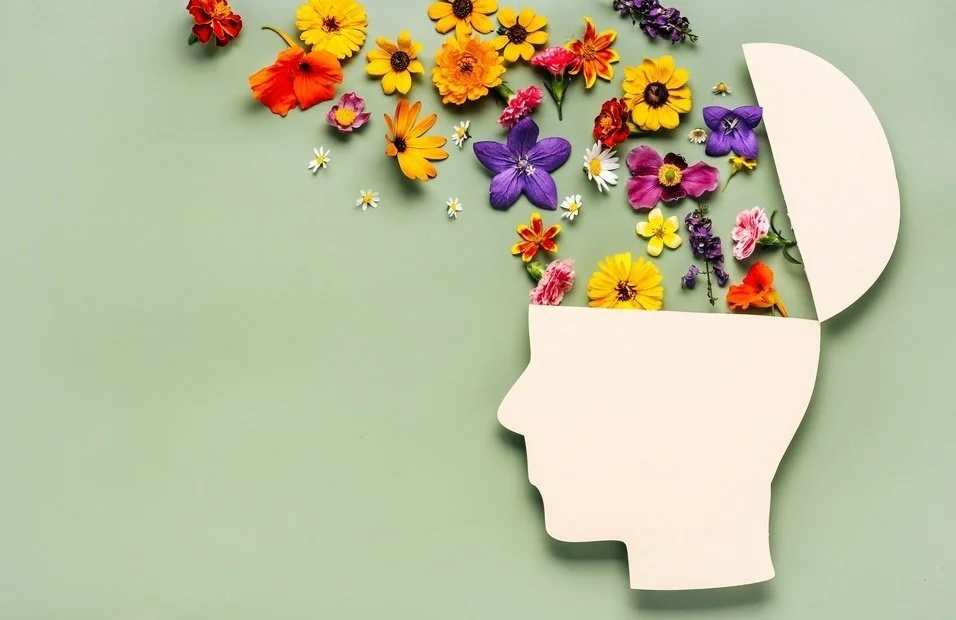How Nature can Calm Your Nervous System
Spending time in nature can calm your nervous system when you are stressed and anxious. During the pandemic, we have found ourselves spending more time indoors while facing high levels of uncertainty. Our daily routines have completely changed, and we do not know when life will return to normal. The combination of anxiety, social distancing and more time indoors can negatively impact our mental health. When we experience stress, our bodies release a hormone called cortisol that helps activate our “fight or flight” responses, known as the sympathetic nervous system. Increased levels of cortisol can be harmful to our bodies and minds for extended periods of time.
Research shows that spending time in nature can help lower cortisol levels by simply taking a 10 to 20-minute walk outdoors. Additionally, research participants who spent 30 minutes outside experienced a more significant decrease in cortisol levels. Lower cortisol levels encourage our bodies to relax, activating the parasympathetic nervous system, known for the “rest and digest” processes.
Calm Your Nervous System in Nature
If you are feeling stressed and anxious, consider setting aside some time to spend in nature to calm your nervous system and improve your mental health. When we go outdoors, we can connect with our senses, noticing the sights, smells and sounds of nature. This act of noticing is a vital part of mindfulness, which refers to being present in the moment and recognizing how you feel. Mindfulness also helps us turn off the fight or flight responses of our nervous system and shift to a calmer state.
Make Art with Natural Materials
If you are looking for a new way to enjoy nature and calm your body and mind, consider making art with materials you find in nature. Many artists work with natural materials, such as Andy Goldsworthy, Kathy Klein and Nan Park (pictured). You may find inspiration in the designs and textures in their colorful artwork. Their work is often site-specific, meaning it is left outdoors where the materials were collected, and documented through photography.
Think about green space you can visit. Perhaps you can take a walk under trees in your neighborhood or explore a park. Look for interesting natural materials to gather. Consider collecting materials that have already fallen to the ground to avoid possibly harming the surrounding environment. Examples include leaves, twigs, small rocks and seed pods. If you are not able to go outdoors, you can collect clippings from house plants or select natural foods, such as fruits, vegetables and nuts in your kitchen. The act of touching natural materials can engage sensory responses, helping to calm the body and mind by activating the parasympathetic nervous system.
How to Approach Mindful Art-making
Once you have gathered an assortment of materials, you can mindfully approach the art-making process. Begin by taking several slow, deep breaths to connect with your breathing and calm your body. One option is to breathe in for four counts, hold for one count, and exhale for six to eight counts. Notice your senses as you explore the natural materials you found. What textures do you feel? Observe colors and scents. Start arranging the materials. Engage in creative play and embrace an attitude of self-compassion without worrying about the end result. Need a place to start? Arrange your materials into a circle to create a mandala. In art therapy, mandalas are used as a grounding tool.
Create Nature-based Art Outdoors or Indoors
You can work solely with natural materials outdoors if you would like, soaking up extra time in nature. If you prefer to create indoors, you can also incorporate your favorite art materials into your design if you use paper or cardboard as a base. Colored pencils, watercolors, or markers are a few materials you could use. Once you finish, reflect on how you felt during this activity. What did you notice about your body as you worked with the materials? What emotions did you feel? If you could give it a title, what would it be? You can take a quick photo with your phone to preserve your art.
An Example of Mindful Art-making
In the this example, I started by creating a mandala with acorns and oak leaves I gathered on a walk. I used a piece of cardboard as the base and chose not to glue the materials to it. (Note that you may want to use glue to make your art longer-lasting.) Next, I observed the colors of the natural materials and decided to use oil pastels with similar colors as a base layer for the mandala. To complete the piece, I organized the leaves and acorns on top of the drawing. I noticed how calm I felt while I created the nature-based mandala. Working with natural materials encouraged me to slow down, be mindful and approach art-making in a new way.
This blog post is based on a recent virtual workshop I gave for Artomatic, which you can find here. Looking for more support during this stressful time? Please reach out to us. Our team of therapists is here to provide support and guidance. We look forward to connecting with you!








